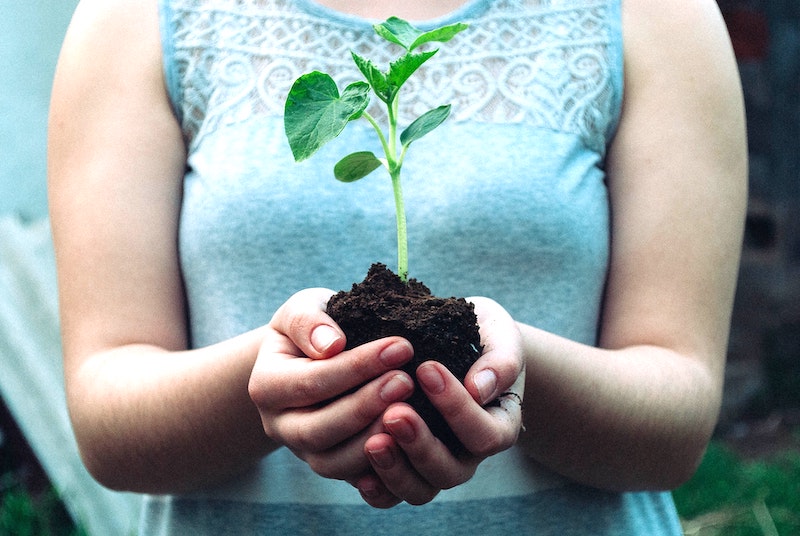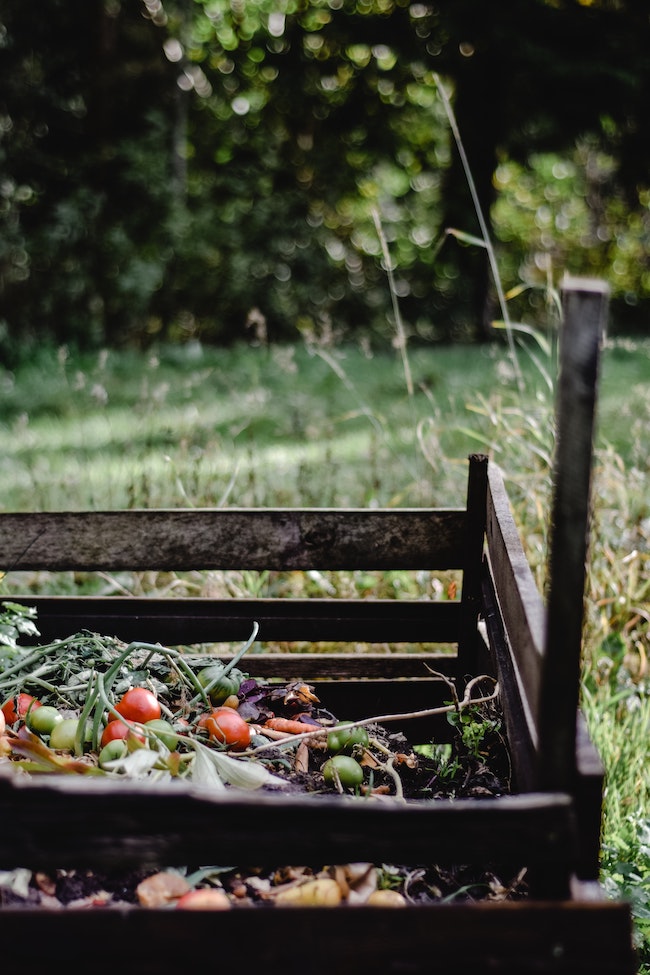Everything You Need to Know About Food Waste Recycling
We’ve done our part to reduce, reuse and recycle. We’ve curbed our water usage. We avoid single-use plastics. And now, we can go one step further by reducing the amount of food that ends up in landfills.
As of July 1, California residents are required to recycle their food waste. Outlined in SB 1383, the law aims to reduce the amount of organic material that ends up in landfills. In California, nearly 6 million tons of food scraps are tossed into landfills each year. The bill hopes to reduce this amount by 75 percent by 2025.
When organic matter, such as food waste, is buried in landfills, it releases methane — a powerful greenhouse gas — when it begins to rot. Landfills are the third-largest source of human-related methane emissions in the United States, according to the U.S. Department of Agriculture.
By disposing of organic material properly, it can be turned into compost, a valuable material used in agriculture. But the conditions have to be right. In a landfill, the material does not get the amount of oxygen it needs to biodegrade, and the micro-organisms needed to move the process along are nonexistent. By creating the right environment, organic waste can be saved from the landfill and instead turned into the nutrient-rich compost needed to grow our food.
Local food waste recycling programs collect the compostable materials and deliver them to processing facilities, where they are sorted, ground, and used as mulch or compost, returning nutrients to the soil. The end product is often sold commercially but some facilities provide it to residents free of charge.
What is Organic Waste?

For the purposes of the new law, organic waste includes kitchen scraps, leftover food, soiled paper and yard waste. More specifically, it includes the following:
- Fruit & veggie scraps
- Bread, grains & pasta
- Coffee grounds
- Dairy
- Eggshells
- Meat & bones
- Fish & shellfish
- Leftover food
- Coffee filters & paper tea bags
- Greasy pizza boxes
- Paper plates & paper takeout boxes
- Paper towels & napkins
- Wine corks
It does NOT include the following:
- Plastics & plastic bags
- Liquids
- Pet waste
- Cat litter
- Diapers
- Diseased plants
- Treated or painted wood
- Styrofoam
- Wax-coated or plastic-lined takeout boxes
- Wax- or foil-lined paper cartons (like juice boxes)
- Single-use utensils
- Single-use coffee pods
- Ash or dirt
All jurisdictions (cities and counties) have their own programs for how food waste is collected. Some issue separate bins for food scraps, others do not. Below are some examples; please check with your local jurisdiction for more information.
In the city of Sacramento, Elk Grove, Folsom and Rancho Cordova, residents are asked to collect their scraps in a countertop kitchen pail and empty the contents into their green/yard waste bins. Many of these cities are providing residents with free countertop collection pails for this purpose. In Sacramento County, the green waste cart is now known as the organics cart, and it will be collected weekly.
Many cities in Placer County, including Roseville, Lincoln, Auburn, Rocklin, Loomis and Colfax, use a regional material recovery facility. Trash and recycling are collected together and sorted at the facility, so residents can continue to put organic waste into their trash/recycle bin.
In Yolo County, including West Sacramento and Woodland, organic waste should be put in the organics cart, formerly known as the green waste cart (gray with green lid). In the city of Davis, residents will receive a 95-gallon organics cart and can also request a food scraps pail.
In El Dorado County, most jurisdictions contract with El Dorado Disposal for their trash and recycling needs. Food waste is to be placed in the yard waste bin; no separate bin will be provided.
Tips for Organic Waste Collection

So how, exactly, are residents supposed to collect their food waste? Following are some tips.
- Use a small bin or bucket to collect scraps. Some municipalities are giving these out for free, or you can find plenty of styles online. Some are designed to go on the countertop; others can be tucked under the sink out of sight. Many have filters or air-tight lids to contain odors.
- Line the container with a paper bag, paper towel, newspaper or compostable bag.
- Empty the container into your yard waste bin when full. Or, store in the refrigerator or freezer to prevent odors.
- Be sure to remove stickers, twist ties, rubber bands and plastic wrap from food before disposal.
- Drain any liquid from food waste before disposal.
How to Compost at Home

Some residents may choose to compost their own food waste for use on their gardens and landscaping. This is a great alternative, as it reduces your carbon footprint and saves you money on soil amendments. Some jurisdictions require residents to submit an exemption form if they choose to compost at home.
Home composting can be achieved with a simple countertop bin, an outdoor pile, or a commercially available composter. Successful composting requires the right balance of nitrogen, carbon, water and oxygen. The ingredients include equal parts green material (food scraps and grass clippings) and brown material (twigs and dry leaves). The pile needs to be turned regularly to introduce oxygen. Helpful microorganisms do the rest.
It should be noted that not everything that can be put into a green waste bin is suitable for home composting. Dairy products, meat, fish, baked goods, acidic foods, and oil or greasy foods can attract pests and should be left to commercial facilities. Learn more about how to compost at home.
Category Home Inspiration
Elizabeth Penney
Elizabeth Penney is a content writer for Lyon Real Estate and the Lyon Local blog. A Sacramento native with a marketing background, she shares her insider knowledge on restaurants, attractions and outdoor activities throughout the greater Sacramento area and beyond.

